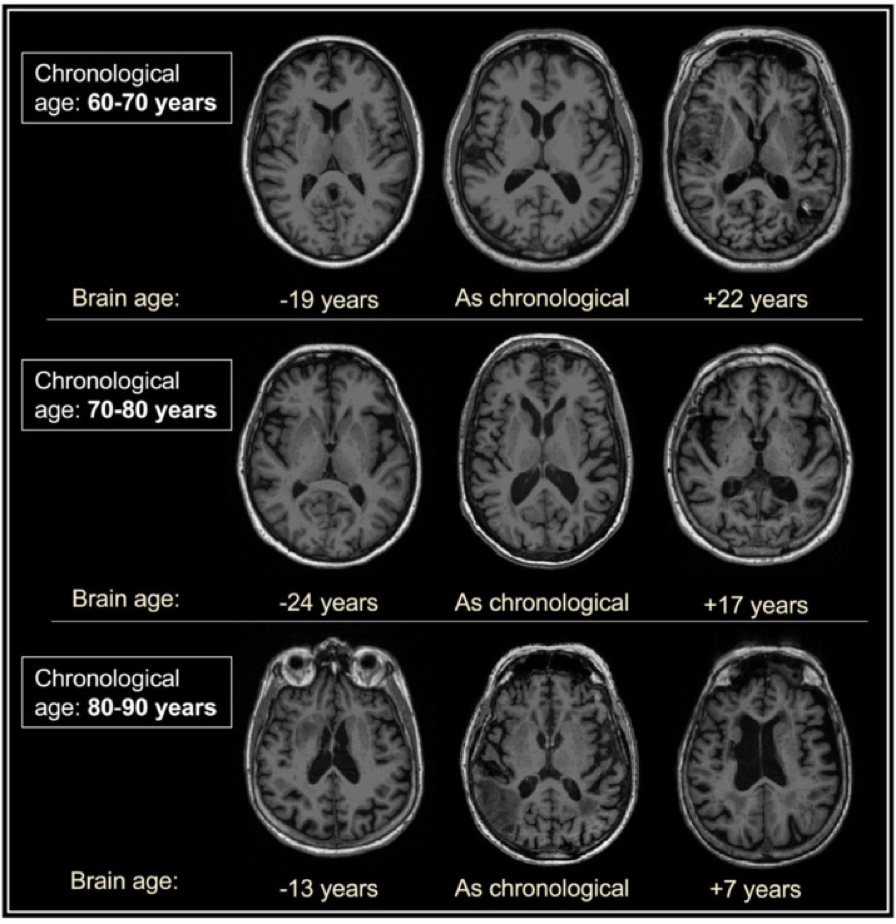Longitudinal brain age prediction and cognitive function after stroke

Summary of the findings, by first author Eva Birgitte Aamodt:
Stroke is the second leading cause of death worldwide and a major cause of disability related to both functional and cognitive impairments. Cognitive impairment after stroke is particularly associated with advanced aging. A recent study, part of the Nor-COAST study, and from the Department of Radiology and Nuclear Medicine, Oslo University Hospital, set out to investigate the link between post stroke neurocognitive disorder (NCD) and advanced brain ageing.
Machine learning based on brain scans was used to estimate the brain age of patients, and the corresponding difference from chronological age, the brain age gap (BAG) – a marker that has been investigated in a range of other clinical conditions.

The study found that a lower BAG (younger appearing brain compared to chronological age) was associated with lower risk of post stroke NCD up to 36 months after stroke, even among those showing no evidence of impairments 3 months after hospital admission. For patients with no NCD at baseline, findings suggested that higher baseline BAG was associated with higher risk of post-stroke NCD at 18 and 36 months. The authors concluded that a younger appearing brain is associated with a lower risk of post stroke NCD, and lastly that this indicates that BAG may be used as a predictive marker for cognitive impairments in the time after stroke.
Links:
The article:
Aamodt EB, Alnæs D, de Lange AG, Aam S, Schellhorn T, Saltvedt I, Beyer MK, Westlye LT (2022)
Longitudinal brain age prediction and cognitive function after stroke
Neurobiol Aging, 122, 55-64
DOI 10.1016/j.neurobiolaging.2022.10.007, PubMed 36502572 (Details)
Home page of the Neuroimaging Research Group, headed by Geir Ringstad
Research groups at the Division of Radiology and Nuclear Medicine
Norwegian Cognitive Impairment After Stroke (Nor-COAST) home page
